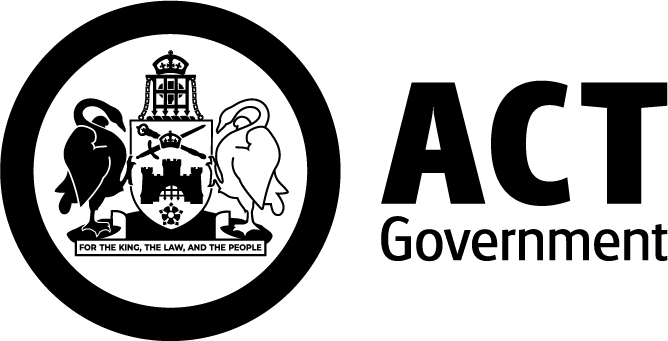The AMA is “very disappointed” that only two of the seven targets of the Close the Gap initiative are on track.
Prime Minister Scott Morrison released the 11th Closing the Gap statement early in February and handed down the 2019 report card.
The report states that year 12 attainment rates for Indigenous children were on track to meet the goal and that 95 per cent of Indigenous four-year-olds were attending early childhood education, meaning that goal was completely on track.
But scant progress was made anywhere else.
Life expectancy, child mortality rates, employment, reading and numeracy, and school attendance goals were all off track.
And the goals on track this year are one less than the number on track last year.
“This situation remains in an unforgiveable state, but we will never rest as a nation until we change this for good,” the Prime Minister told Parliament.
“I want Aboriginal and Torres Strait Islander children to have the same opportunity as any other child in this country.
“But, it’s not true for Aboriginal and Torres Strait Islander children growing up in Australia today, and it’s never been true and I don’t know when it will be true.”
Opposition Leader Bill Shorten said the Parliament had let Indigenous Australians down.
“We should today acknowledge that it’s not just the gap in life expectancy or health or educational results or employment opportunities, but the gap between words and actions,” he said.
AMA President Dr Tony Bartone has echoed both men’s sentiments and said the report highlights the urgent need to adopt all the recommendations of the Close the Gap Campaign and address the “unacceptable gap” in health outcomes between Aboriginal and Torres Strait Islander peoples and non-Indigenous Australians.
“Progress against Closing the Gap is not what we all hoped for,” Dr Bartone said.
“While more Indigenous children are entering early education, improvements to life expectancy, infant mortality, and employment rates are not closing.
“After more than a decade, the lack of resourcing and investment in the health and well-being of Aboriginal and Torres Strait Islander peoples continues to see unacceptable gaps across a range of outcomes.
“The lack of sufficient funding to vital Indigenous services and programs is a key reason for this.
“The AMA is very disappointed that just two of the seven goals are on track.”
The AMA is a member of The Close the Gap Campaign, which was launched in 2006 to help address the gaps in life expectancy and other health indicators between Aboriginal and Torres Strait Islander peoples and non-Indigenous Australians.
The mortality rate for Aboriginal and Torres Strait Islander children aged 0-4 years is around twice the rate for non-Indigenous children. The mortality rate for Aboriginal and Torres Strait Islander peoples compared to non-Indigenous Australians is around 1.7 times higher. │į╣Ž═°šŠlessness rates for Aboriginal and Torres Strait Islander people are around double the rate of non-Indigenous Australians.
The Aboriginal Community Controlled Health Organisation (NACCHO) pointed out that Indigenous people still live in third-world conditions in many parts of Australia.
“We have to hold everybody to account,” NACCHO Chief Executive Officer Pat Turner said.”








